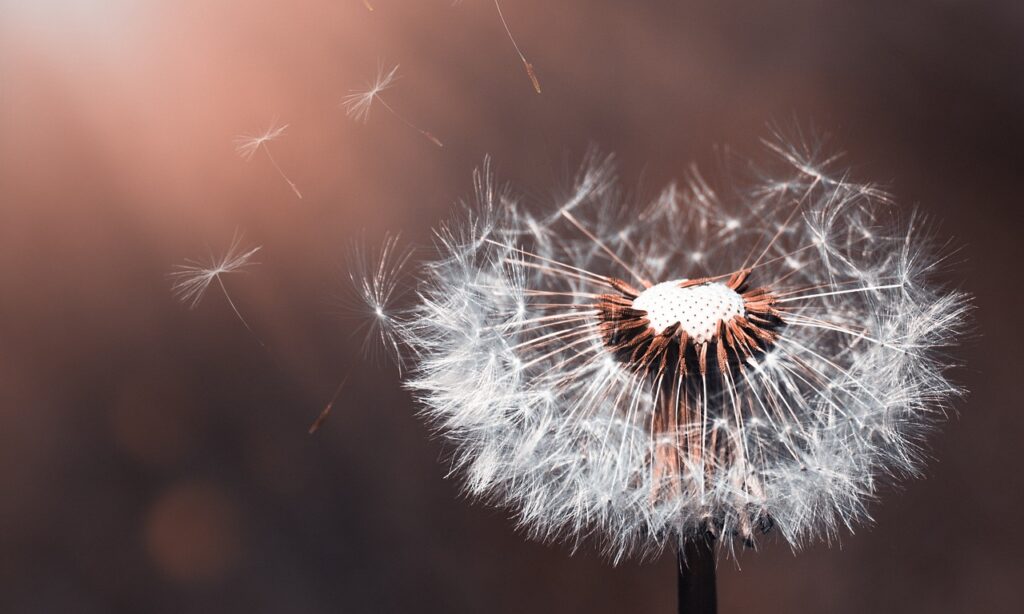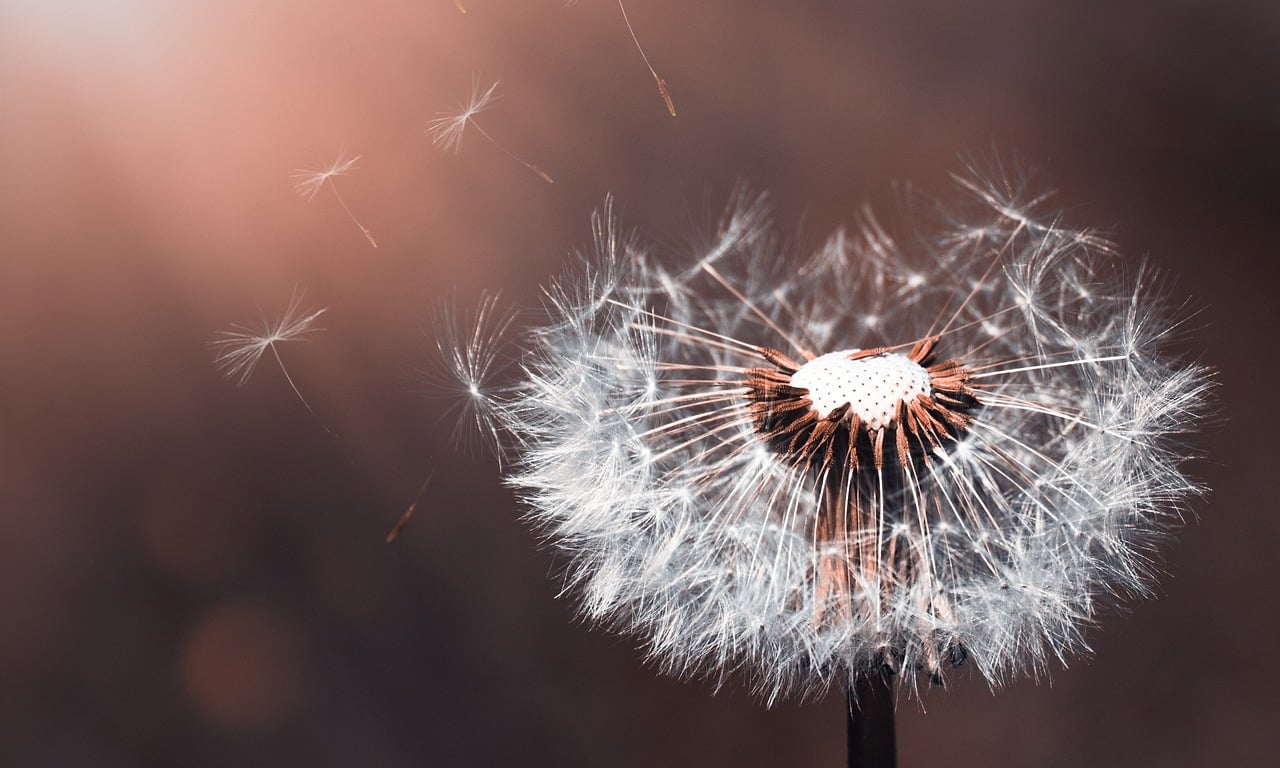Everything You Need to Know About Macro Photography
Estimated reading time: 10 minutes

If you’re like most people, you probably take the majority of your photos with your smartphone. And while there’s nothing wrong with that, you’re missing out on a whole world of photographic possibilities. For example, have you ever tried macro photography? Macro photography is a genre of photography that focuses on close-up images of small objects. In this blog post, we’re going to give you everything you need to know about macro photography, from the benefits of shooting close-ups to the best cameras and lenses for the job. We’ll even share some tips and tricks for taking better macro photographs. So if you’re ready to take your photography to the next level, read on!
The Benefits of Macro Photography
Macro photography is a type of photography that allows you to take photos that are close up and personal. This type of photography can be used for a variety of purposes, such as documenting objects or scenes in detail or capturing intricate details that would otherwise be missed by the naked eye.
One of the great benefits of macro photography is that it allows you to get up close and personal with your subject. This means that you can capture images that are much more realistic than those taken at a wider angle. Additionally, because the camera is so close to the object being photographed, you can capture detailed features that would otherwise be difficult or impossible to see.
Macro photography is perfect for close-up details. Because the camera is so close to the subject, it’s able to capture small details and subtleties that may otherwise be missed. Additionally, because there’s usually less background noise in macros than in other types of photographs, you’re able to capture delicate textures and colors with greater clarity than usual.
The Best Cameras for Macro Photography
For those interested in photography that involves close-up shots of objects, there are a few cameras that should be at the top of your list. The Nikon D850 is considered to be one of the best cameras for macro photography, and it has several features that make it perfect for this type of photography.
One feature that makes the Nikon D850 perfect for macro photography is its autofocus system. This system is able to track very small details and ensure that your images are sharp and clear. Additionally, the Nikon D850 has a wide aperture range (f/8-16) which allows you to take photos with a shallow depth of field. This will help to create stunningly detailed images without having to spend hours manually focusing your camera.
The Sony A7R III is also a great camera for macro photography. It has an autofocus system that is similar to the Nikon D850, but it also has additional features that make it ideal for this type of photography. For example, the Sony A7R III can capture high-resolution images at high speeds so you can quickly capture detailed shots without having to wait long periods of time between shots. Additionally, the Sony A7R III has an advanced ISO range (100-25600) which means you can take photos in low light conditions without having to worry about noise or graininess appearing in your images.
The Canon EOS 5D Mark IV is another great option if you are looking for a camera that can handle close-up shots well. It has an autofocus system that is fast and accurate, as well as sophisticated video capabilities which make it perfect for capturing smooth videos while shooting close-up photos simultaneously. Finally, the Canon EOS 5D Mark IV also offers excellent image quality thanks to its 24-megapixel sensor and full frame design.
The Best Lenses for Macro Photography
Macro photography is a great way to capture small details and scenes in amazing detail. If you’re interested in taking macro photography, then you’ll want to make sure that you have the right lens for the job. In this article, we’ll discuss the benefits of different types of macro lenses, as well as the best lenses for macro photography. We’ll also provide tips on how to choose the perfect lens for your needs. So be sure to read on!
There are a number of different types of macro lenses available, and each has its own benefits and drawbacks. If you’re new to the art of macro photography, it’s important to choose a lens that will give you the best results. Here are some tips on how to choose the right macro lens for your needs:
-If you’re just starting out, it’s a good idea to start with an affordable kit lens. These lenses usually have a limited range of magnification, so be sure to read the specifications carefully before making your purchase.
-Once you’ve mastered the basics of macro photography with an inexpensive kit lens, invest in a more versatile lens that offers greater flexibility and power. A great option is a zoom lens with a wide focal length range – this will let you get close up to detailed subjects without having to move away too much from your subject.
-When it comes time to capture truly amazing detail shots, consider investing in a high-quality macro lens. These lenses can cost quite a bit, but they offer unparalleled clarity and sharpness when photographing small objects or details. However, be aware that these lenses can also be difficult to use correctly – make sure that you learn about all of the features offered by specific models before making your purchase!
Tips and Tricks for Better Macro Photos
Taking great macro photos can be a challenge, but with a few tips and tricks, it’s easy to get the results you’re looking for. Here are four helpful tips:
1. Use a tripod for steady shots. A tripod will help to ensure that your photos are taken at the same level and thus provide more accurate details.
2. Place your subject against a dark background so that details in the subject are visible. This will also create a more professional look for your photo.
3. Use natural light whenever possible – this will give your photos a more natural look and feel.
4. Get close to your subject for better detail – closer shots often produce sharper images overall!
These four tips are essential for taking great macro photos, but there are a few extra tricks that can help you take your photography to the next level. For example, using a lens hood will keep your subject’s hair and clothing from becoming distracting in your photo. Additionally, using a polarizing filter can enhance the colors and contrast in your photo.
If you’re looking to take your photography to the next level, be sure to explore these additional tips and tricks!
Common Macro Photography Mistakes (And How to Avoid Them)
When taking macro photography, it is important to be aware of the common mistakes that people make. By understanding these mistakes, you can avoid them and get better photos. Here are four of the most common macro photography mistakes:
1) Not knowing your equipment: If you’re not familiar with your camera’s capabilities, you might not be able to take good photos. Make sure to research what gear is available and invest in a good-quality camera if necessary.
2) Poor lighting: When shooting macros, it’s important to use natural light as much as possible. However, sometimes this isn’t possible or practical. In those cases, try to find a source of light that will give your photo the desired effect. There are also some cameras that have built-in lighting options for macros.
3) Not paying attention to the background: It can be tempting to focus all of your attention on your subject, but resist this urge! Be observant of the background and how it affects your photo (e.g., does it add texture or definition?). Additionally, try using selective focus techniques when needed (using software like Photoshop).
4) Not being patient: Sometimes patience pays off – especially when shooting macros! Don’t expect everything to happen right away; allow time for things such as settings and composition to fall into place naturally. With practice, you’ll start seeing great results!
Editing Your Macro Photographs
Macro photography can be a great way to capture beautiful close-up images of objects. However, it can be difficult to get the perfect photo every time. In this section, we will discuss how you can edit your macro photos to get the results you want.
First, open your photograph in an editing program. Crop your photograph as needed and adjust the colors as desired. You can also use filters to emphasize certain details or to change the overall look of your photo. Finally, adjust the lighting as necessary and save your edited photo.
This process is not limited to macro photography. Any photo can benefit from some editing work. For example, you can adjust the brightness and contrast in order to create a more dramatic photograph. You can also add special effects, such as blurring or vignetting, to improve the tone and mood of your photo.
Finally, it is important to shoot in RAW formats if possible. This format allows for much more detailed editing than JPEGs and provides better quality results overall. Shooting in RAW formats means that you will need to spend a bit more time editing your photos, but the benefits are well worth it!
Printing and Sharing Your Photos
When it comes to printing and sharing your photos, there are a few things to keep in mind. First of all, make sure that you choose the right paper. This will affect the quality of your photo prints and can also affect the cost associated with printing them. Additionally, printing at home is often cheaper than using a printing service. However, if you want high-quality prints that won’t cost too much, print them through a professional printer.
Sharing your photos is another important step when it comes to printing and sharing your photos. You don’t want to share them online only to have them disappear later on due to inadequate storage or bandwidth restrictions. Instead, consider sharing them through social media or emailing them directly to friends and family members. Not only will this be more convenient for you and your friends/family members, but it will also help ensure that your photos remain accessible long-term.
There are a few other things to keep in mind when printing and sharing your photos. First of all, make sure that you print them in the right resolution. This will affect how large the prints will be, as well as the quality of the print. Additionally, make sure that you choose a photo printing service that has adequate storage and bandwidth capabilities. If you plan on sharing your photos online, it’s important to choose a service with fast upload speeds so that your photos can be seen quickly by your friends/family members.
Advanced Techniques for Macro Photography
When it comes to macro photography, there are a number of advanced techniques that you can use to achieve amazing results. In this section, we will discuss some of the most important techniques for macro photography.
One of the most important things that you need to do when shooting macro photographs is to achieve focus. This can be difficult, and often requires practice and patience. You can also use artificial lighting to help with focus, as well as to improve the overall image quality.
Another key factor when shooting macros is working with live subjects. If you are able to get close enough to your subject, they will often react in a way that creates stunning images. However, be sure not to go too close; if you are too close, your subject may be disturbed or injured.
Finally, extreme close-up photography is another excellent technique for capturing amazing macro images. By taking pictures from very close up (within a few inches), you are able to capture details that would otherwise be impossible to see.
All in All
Macro photography is a great way to capture small details and scenes in amazing detail. With the right camera and lens, you can take stunning photos that are close-up and personal. Additionally, macro photography is perfect for capturing intricate details and subtleties. So if you’re ready to take your photography to the next level, be sure to give macro photography a try!
Note: If you want to make some adjustments to the photo just let me know. I can do it for you at a very low cost. You can hire me to edit your photo
latest post
- Best web design companies in Trivandrum
 Rainx LLP, Oregon Technologies, Redwet Solutions, and Globify Digital Solutions are among the best web designing company in Trivandrum, specializing in website development.
Rainx LLP, Oregon Technologies, Redwet Solutions, and Globify Digital Solutions are among the best web designing company in Trivandrum, specializing in website development. - Create a Digital Business Card
 Craft a digital business card that showcases your unique brand and personality. It’s simple to share and easy to update whenever needed. Plus, you’ll benefit from a free domain, hosting, and effortless social media integration. Ideal for professionals in any field!
Craft a digital business card that showcases your unique brand and personality. It’s simple to share and easy to update whenever needed. Plus, you’ll benefit from a free domain, hosting, and effortless social media integration. Ideal for professionals in any field! - DeepSeek AI
 Explore the significant differences between DeepSeek AI and ChatGPT. Experience a more efficient and cost-effective AI solution tailored to your needs.
Explore the significant differences between DeepSeek AI and ChatGPT. Experience a more efficient and cost-effective AI solution tailored to your needs. - AI tools for resume building
 Explore the best AI tools for resume writing freely to create your professional resume to stand out in an interview.
Explore the best AI tools for resume writing freely to create your professional resume to stand out in an interview. - Answer Engine Optimization
 Discover the key differences between AEO and SEO. Learn how Answer Engine Optimization can boost your online presence when combined with SEO strategies.
Discover the key differences between AEO and SEO. Learn how Answer Engine Optimization can boost your online presence when combined with SEO strategies.










